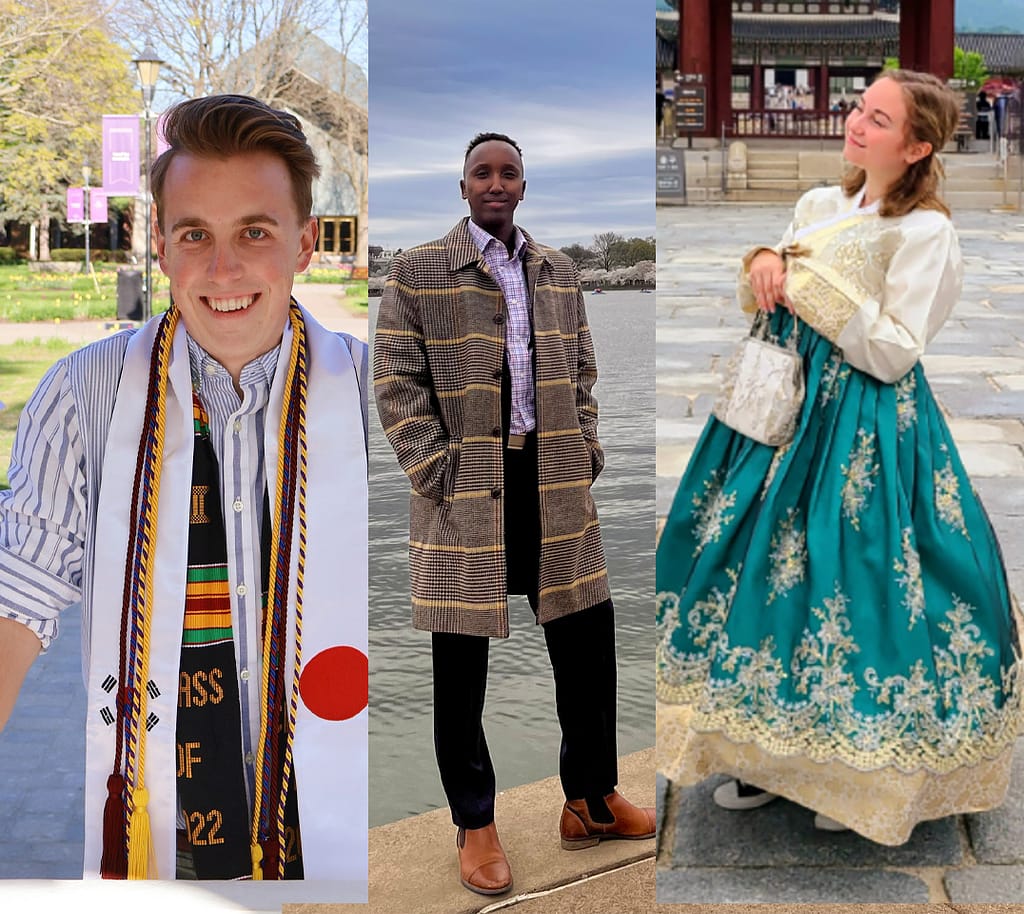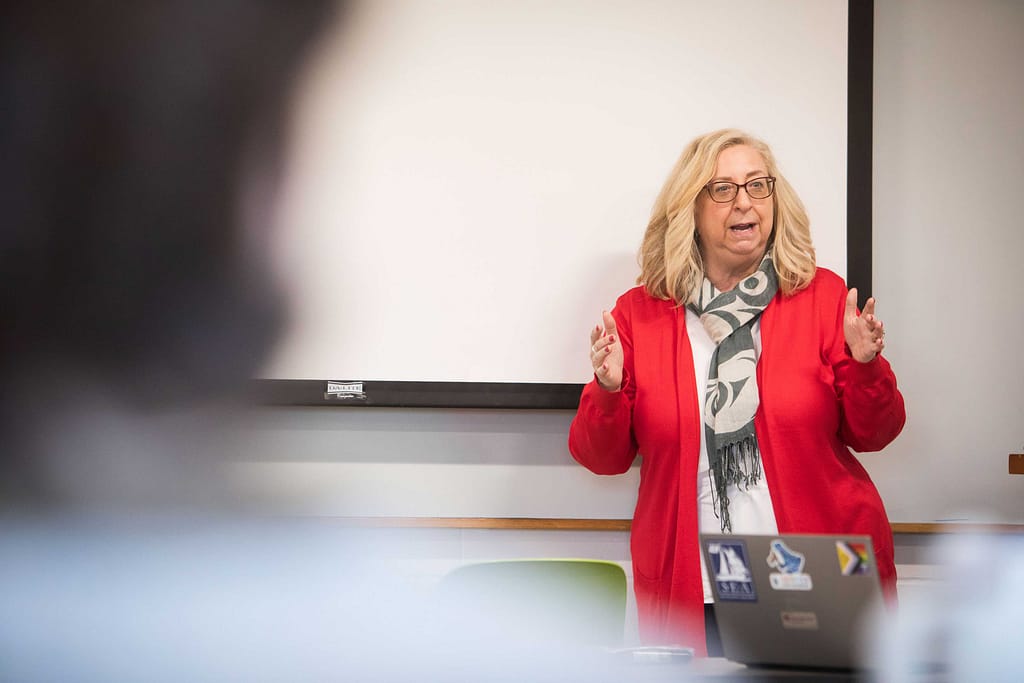Taylor Galgay ’24 believes inclusive art benefits everyone
Taylor Galgay ’24 believes that everyone should be able to enjoy art, but accessibility is something that is lacking in the art world. Galgay is the president and cofounder of Saint Michael’s Student Disability Advocacy Alliance (SDAA) where students come together to discuss accessibility on campus, as well as other issues students may be facing. You do not have to be disabled to be in SDAA.
Galgay currently has a piece on display in Inclusive Arts Vermont’s latest exhibition, CYCLES. The art-based organization specializes in exhibiting art made by disabled artists. Their exhibition, CYCLES, features pieces that portray the full cycle of something and include artwork from 25 Vermont artists with disabilities. The exhibit had an opening reception in February at the University of Vermont’s Davis Center and will tour the state in 2024 traveling to Montpelier, Brattleboro, St. Johnsbury, before returning to Burlington.
Galgay said art can be enjoyed through many different senses, not just visually. She said art is a sensory experience that should tell a story to the viewer in more ways than just visually. She believes art is something that unifies, and it is unfair if people with disabilities cannot connect with the story being depicted in art pieces.

Taylor Galgay ’24 with her art
“I’m also someone with disabilities and what I’ve noticed, in the art community, it’s very inherently ableist,” Galgay said. “It can be a very ‘othering’ experience if you are an artist with disabilities. In so much art, accessibility is never a forethought. There are ways we can make art more accessible. It’s not impossible, it just takes more effort.”
Galgay said people with disabilities are often excluded when artists are thinking about what audience their pieces will attract. Galgay believes artists could also benefit and have more success if they are able to reach a larger audience through inclusivity. Galgay explained that the main point of confusion for people is knowing how to incorporate inclusive practices into art.
“[Inclusivity] can look like making a 3D printed object of what is depicted in the art. Someone could feel it, like a tactile representation of what is going on in the piece,” Galgay said and emphasized that considering all five senses when making art can be the first step into making sure it can be understood by a variety of people with different intersectionalities.
Galgay said that the new CYCLES exhibit “lifts the voices of disabled artists in Vermont” and the physical set up of the exhibit is very intentionally inclusive and accessible for those with disabilities. Galgay said that every piece of art has an auditory description of what is happening and a braille explanation, and that there are chairs all around the room for people with mobility issues.

Taylor Galgay’s art
Galgay shared the story behind one of her own pieces that is currently featured in CYCLES. The piece is a very detailed photo of a yellowjacket eating an apple. The apple is almost fully eaten with the yellowjacket sitting in the hollowed-out apple.
“I liked that it was a yellowjacket because we tend to have a really negative idea on them,” Galgay said. “I felt it kind of symbolized being a disabled person in society. There’s a stigma around us, but we’re really just trying to survive and live our lives, and once you get to really know us, you see how beautiful our lives are. Kind of like a wasp or a yellow jacket.”
Visit inclusiveartsvermont.org for more information.





